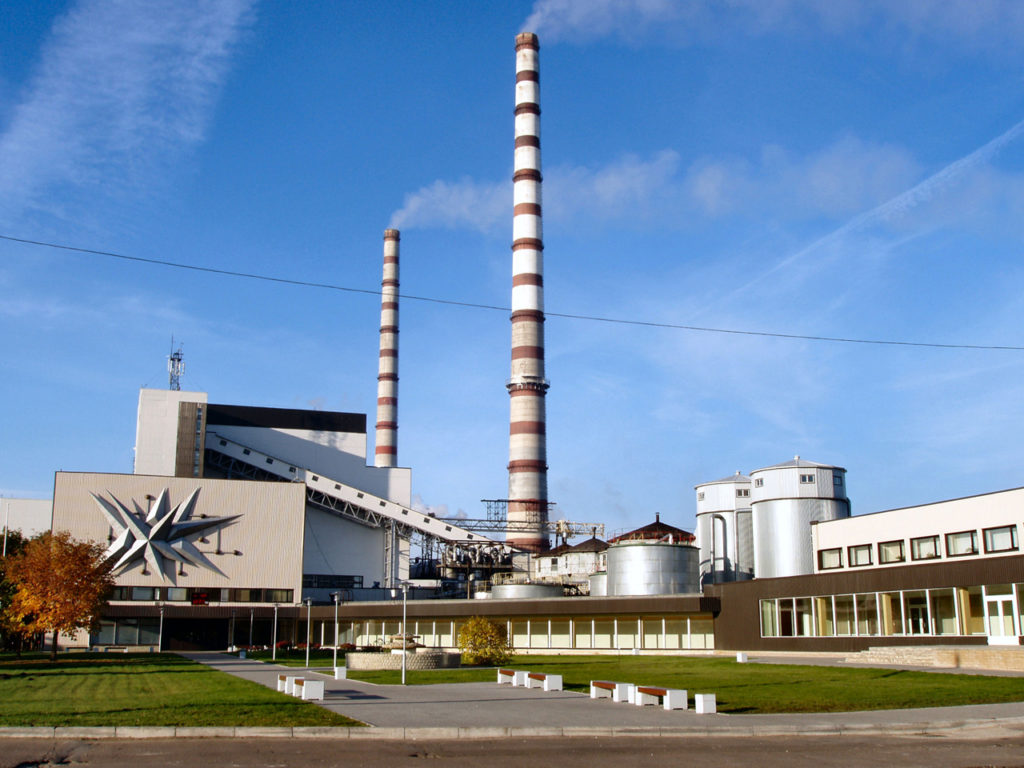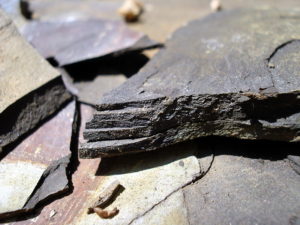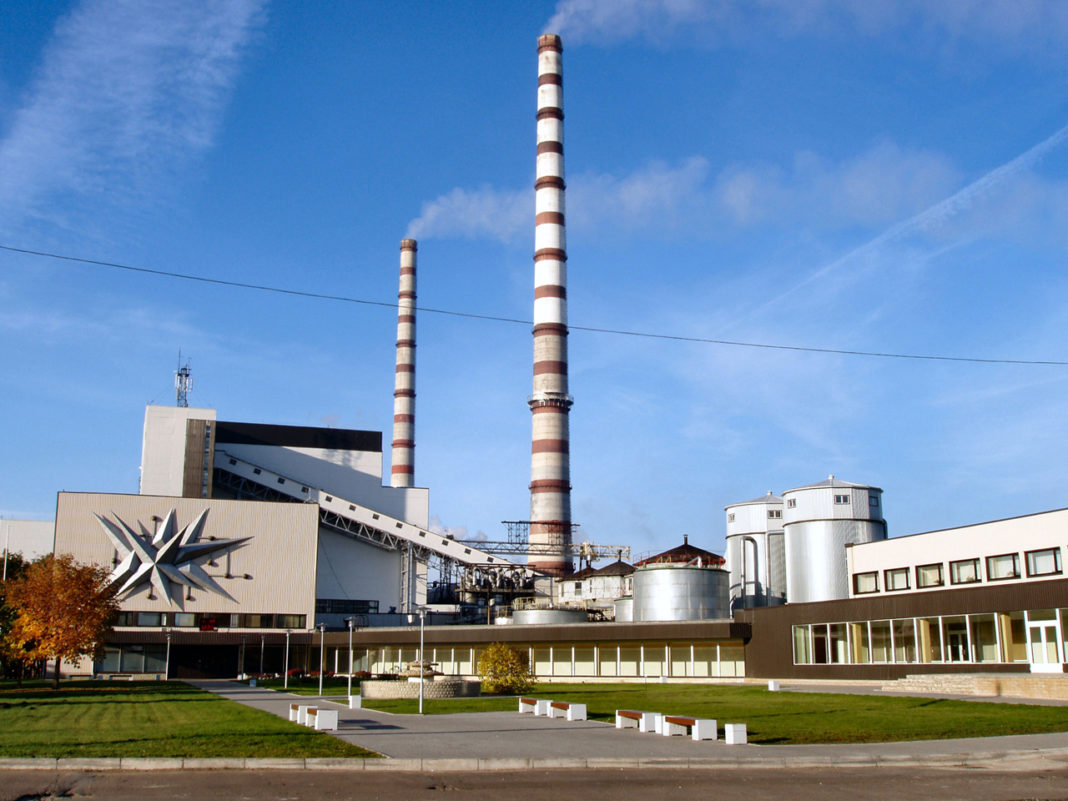The Narva Power Plants are a power generation complex in and near Narva in Estonia, near the border with Leningrad Oblast, Russia. The complex consists of the world’s two largest oil shale-fired thermal power plants, Eesti Power Plant (Eesti Elektrijaam) and Balti Power Plant (Balti Elektrijaam).

In 2007, Narva Power Plants generated about 95% of total power production in Estonia. The complex is owned and operated by AS Narva Elektrijaamad, a subsidiary of Eesti Energia.
The Balti Power Plant was built between 1959 and 1965. It is located 5 kilometers (3 mi) southwest of Narva. As of the end of 2005, Balti Power Plant had an installed capacity of 765 MW. The installed thermal capacity was 400 MW. The Eesti Power Plant is located roughly 20 km west-south-west of Narva. It was built between 1963 and 1973. As of the end of 2005, Eesti Power Plant had an installed capacity of 1,615 MW. The installed thermal capacity was 84 MW.

The oil shale burnt at Narva plants produces roughly 46% ash, so the stations produce about 4.5 million tons of ash per year. The ash-disposal system involves washing it away with water, and the dirty water is stored in ash-storage lagoons which appear bright blue in the satellite photos. Balti has two storage areas. The western one is divided into twelve sub-regions by banks about three meters wide and is already closed. The eastern one is in current use and is divided into three sub-regions. The ash is highly alkaline since the non-combustible portion of the oil shale is essentially limestone.
According to Wikipedia














